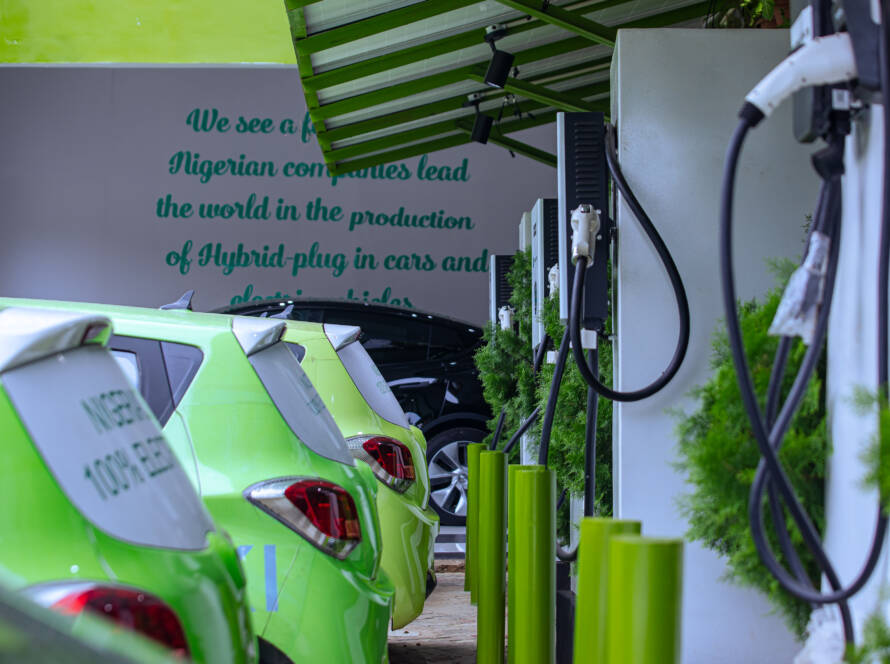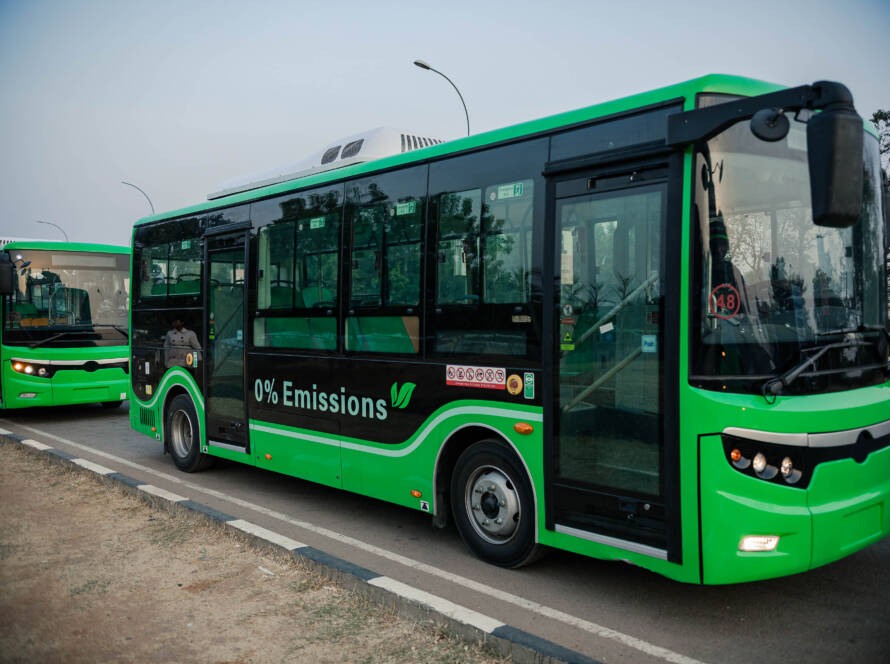The rainy season has just begun. This is the best time to address concerns about driving an electric car in the rain or flooded areas. Many Nigerians worry about the risk of electrocution. That’s highly unlikely, and in this article, we’ll explain why.
First of all, whether it’s an electric car or a traditional one, the advice for driving through floodwater is the same: try to avoid it if you can. But if you have to drive through, remember the usual precautions still apply.
Electric cars are designed to be safe in water. EV manufacturers ensure that their vehicles are equipped with advanced safety features to protect both passengers and the vehicle in the event of a flood. One critical aspect is the electrical systems’ waterproofing, which prevents water from entering sensitive parts and causing malfunctions or electrical hazards.
IP Ratings and Waterproofing
Electric vehicle parts, including batteries, motors, and electronics, undergo rigorous testing to achieve something called Ingress Protection (IP) ratings. IP ratings are a way of measuring how well a device, like a phone or an electric car, can resist dust and water. For electric cars specifically, IP ratings indicate the degree of protection a particular EV has against intrusion from solids and liquids.
For example, if an electric car has an IP67 rating, it signifies that the components of that car is dust-tight and can withstand immersion in water up to one meter deep for 30 minutes. This level of waterproofing ensures that EVs remain safe to drive even in flooded areas.
Additionally, the exterior parts of an EV’s battery pack are kept separate from electricity, properly shielded for extra safety. The power lines carrying high voltage from the battery to the motors are also protected.
Safety Measures for Driving in Water
While EVs are designed to be safe in wet conditions, there are still precautions drivers should take when navigating flooded roads. The following are some of them:
- Avoid Deep Water: It’s essential to avoid driving through deep water whenever possible, as even waterproofed components have limits. If the water level exceeds the recommended depth for your vehicle, it’s best to find an alternate route or wait until the water recedes.
- Drive Slowly and Cautiously: When driving through shallow puddles or flooded areas, maintain a slow, steady speed to minimize the risk of hydroplaning or splashing water into the vehicle’s undercarriage.
- Inspect for Damage: After driving through water, inspect your car for any signs of damage or water intrusion. Check the lights, indicators, and power windows for proper functionality.
Myth Debunked: EVs and Electrocution
Contrary to popular belief, driving an electric vehicle through water does not pose a significant risk of electrocution. EVs are designed with multiple layers of insulation and safety mechanisms to prevent electrical hazards, even in wet conditions. In fact, some experts argue that electric cars handle driving through standing water even better than traditional cars with combustion engines. That’s because water can enter into the engine of normal petrol and diesel cars through air intakes, causing them to stop. The robust waterproofing and safety features of EVs protect them from such water hazards.
As long as the car is properly maintained and operated according to safety guidelines, there is no reason to fear electrocution while driving your EV in the rain or during flooding.
So feel free to cruise around in your sleek EV under the rain or through floodwater. Only warning: be careful not splash water on someone!


